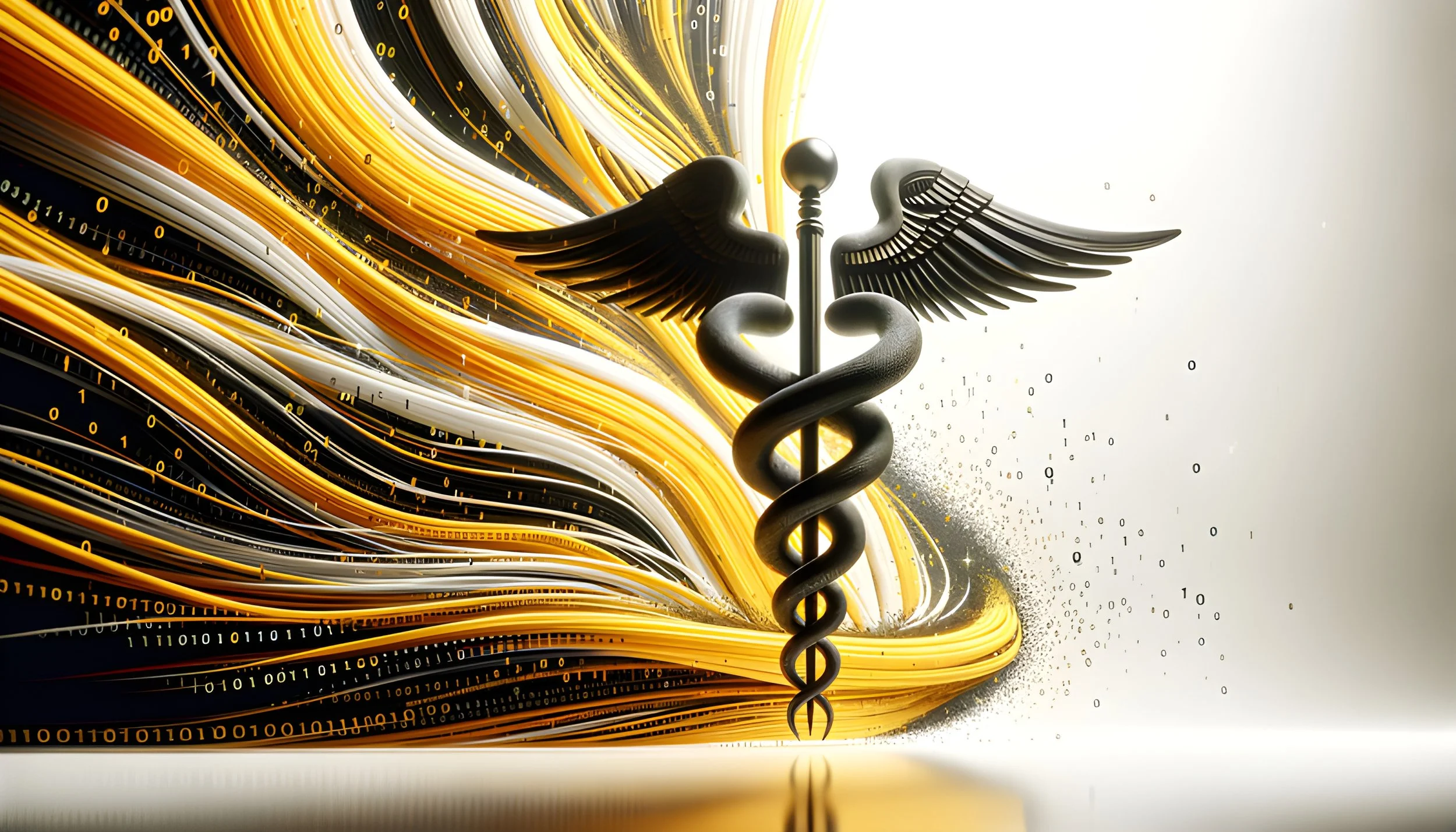Enhancing Real-World Data Analysis: How LLMs Enable Advance Data Linkage
The life sciences industry relies heavily on real-world data (RWD) to drive research, improve clinical outcomes, and support regulatory decision-making. However, the fragmented and complex nature of RWD—spread across electronic health records (EHRs), claims data, clinical trials, and patient registries—poses significant challenges to effective analysis. Large Language Models (LLMs) are emerging as transformative tools for linking disparate RWD records, enabling life sciences companies to generate deeper insights and accelerate innovation.
The Challenges of Linking RWD Records
Life sciences companies encounter diverse hurdles in RWD integration:
-
Patient data may be stored in various formats, such as unstructured clinical notes, structured EHR tables, or semi-structured files like PDFs.
-
Incomplete patient or treatment records can easily break common linkage methods or algorithms, reducing accuracy.
-
Common anamolies in data like Variations in patient names, dates, or provider details can lead to missed connections between datasets.
-
As the volume of RWD continually grows, traditional data storage and record-linking methods struggle to keep pace.
How LLMs Address These Challenges
1. Processing Unstructured and Semi-Structured Data
LLMs excel at extracting entities such as patient names, conditions, medications, or procedures from unstructured text. For instance, they can parse clinical notes to identify diagnoses and link these with structured claims data, creating a more complete patient profile. This capability is particularly valuable for life sciences companies conducting outcomes research or pharmacovigilance.
2. Entity Matching Across Datasets
By leveraging context, LLMs can match records even when identifiers differ slightly (e.g., “John Doe” in one system and “J. Doe” in another). This improves the accuracy of linking patient records across healthcare systems, research studies, and observational databases, essential for building comprehensive datasets for real-world evidence (RWE) analysis.
3. Imputing Missing Data
LLMs can infer missing information by analyzing contextual cues from related fields or records. For example, if a dataset lacks specific treatment dates, an LLM could estimate them based on other available clinical events, ensuring more robust data linkage.
4. Standardizing Terminologies
Medical datasets often use varying terminologies or coding systems (e.g., ICD-10 vs. SNOMED CT). LLMs can harmonize these differences by mapping terms to standardized ontologies, ensuring consistency across linked records.
5. Automating and Scaling Linkage Processes
Traditional record-linking methods require manual rule creation, which is time-consuming and limited in scalability. LLMs can learn and adapt to new patterns in data, automating the linkage process and handling the growing scale of RWD in real time.
Applications of LLM-Driven Record Linkage in Life Sciences
1. Clinical Trial Optimization:
Linking EHR data with patient registries helps identify suitable candidates for clinical trials more efficiently, reducing recruitment time and costs.
2. Post-Market Surveillance:
Integrating pharmacovigilance reports with claims and EHR data enables companies to monitor real-world drug safety and efficacy more effectively.
3. Treatment Pathway Analysis:
By linking records across healthcare providers, life sciences companies can gain insights into treatment adherence, switching patterns, and outcomes.
4. Precision Medicine Research:
Comprehensive patient data linkage facilitates the identification of biomarkers and the development of targeted therapies.
Best Practices for Implementation
1. Prioritize Data Privacy:
Ensure compliance with regulations like GDPR and HIPAA by de-identifying sensitive data during linkage processes.
2. Invest in Domain-Specific Training:
Train LLMs on life sciences-specific datasets to enhance their accuracy and contextual understanding.
3. Integrate with Existing Systems:
Use APIs or interoperable platforms to streamline LLM integration with legacy systems and data lakes.
The Future of RWD Analysis with LLMs
As LLMs continue to evolve, their ability to link and interpret RWD will unlock transformative possibilities for the life sciences industry. By breaking down silos between datasets, life sciences companies can generate richer insights, improve patient outcomes, and drive innovation in drug development and healthcare delivery.
By leveraging LLMs for record linkage, life sciences organizations can ensure that their RWD is not just a repository of information but a catalyst for actionable, real-world insights.

